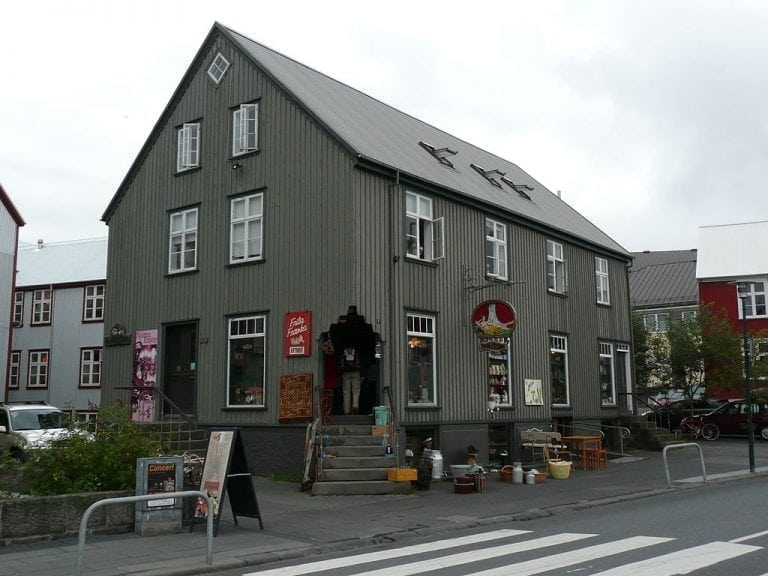Around the middle of the 19th century, the village of Reykjavík began to grow westwards along Vesturgata (West Street). People of all classes resided there, but seamen and craftsmen were in the majority. The wooden houses on Vesturgata exemplify the changes that took place in design in the late 19th century. Higher foundations were built under houses, creating a basement.
In order to make the attic floor more comfortable, the walls were built higher and dormer windows were added. In some cases, the roof was pitched less steeply, and the attic made into an upper storey. Mansard roofs became common on smaller wooden houses after 1880.
After 1870, corrugated iron began to be imported from England, and this was first use as siding on a house in Reykjavik (Vesturgata 7) in 1874. Corrugated iron was soon being used as siding on wooden houses, and it proved effective against wind and rain. At about the same time, it became compulsory to use fire-resistant materials for roofing, and this contributed to the adoption of corrugated iron siding.


